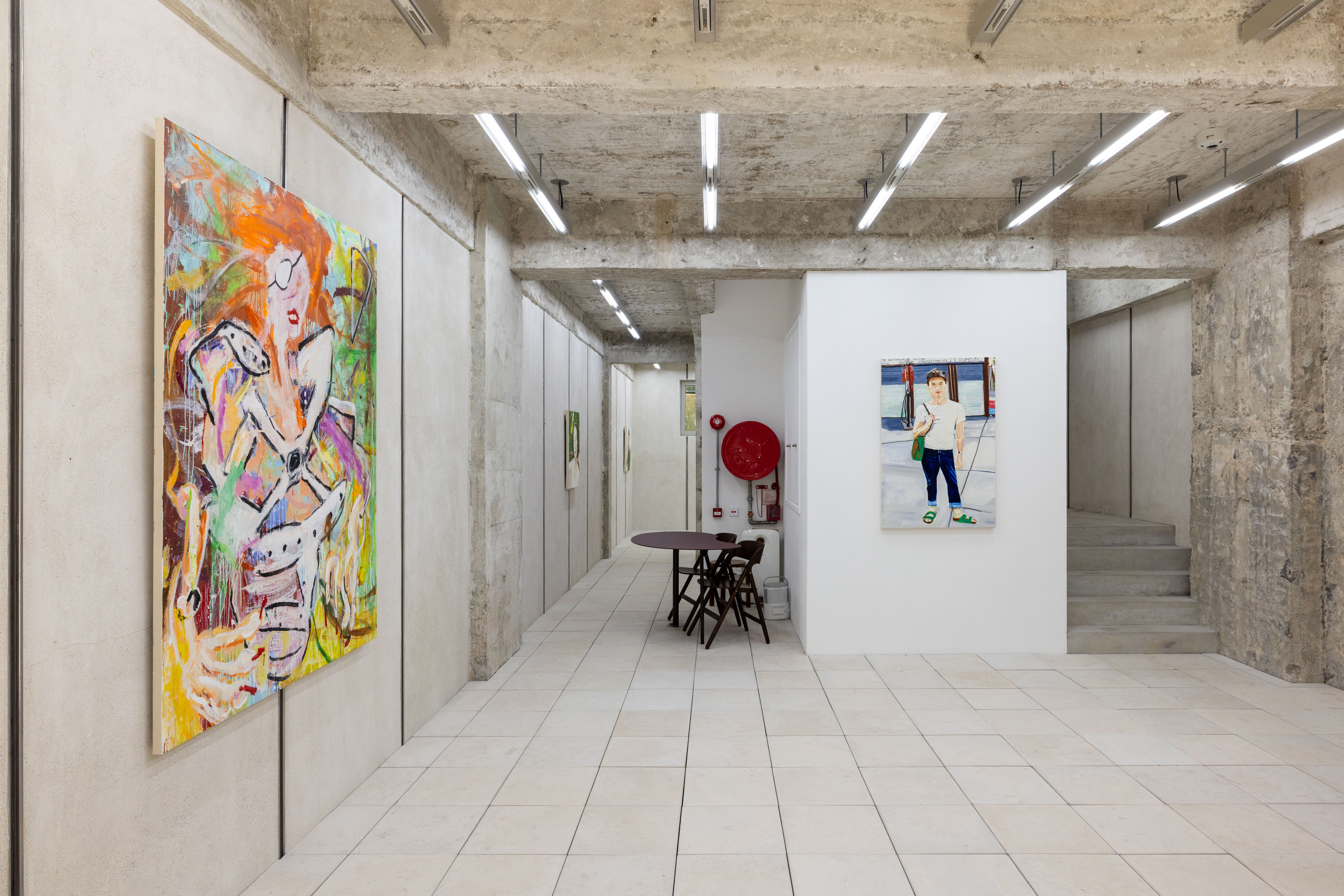Kiang Malingue is pleased to present at its Sik On street gallery space an exhibition of recent paintings and works on paper by Yuan Fang, Yirui Jia, Liu Yin and Homer Shew.
Yuan Fang’s Galloping belongs to a recent series of large-scale paintings, dealing with the increasing intimacy between the canvas and the space in which the artist creates. Evident of a gestural process that involves speedy choreographic movements, the inky artwork depicts abstract forms that resemble curling whirlwinds; red, green and white slashes ominously gather and shatter, confusing the subject and the ground of the painting. Just as many of Fang’s multilayered abstract paintings, the intense, tumultuous surface of Galloping builds upon erasures and paint-overs, leaving faint traces of previous compositions that had become unwieldy. However, unlike many of Fang’s other paintings that are concerned with a sense of depth — the Marching series from 2022, for example — Galloping proliferates laterally, tearing apart any semblance of visual perspective along with the very integrity of the canvas itself. In comparison, Fang’s two untitled charcoal drawings demonstrate a monochrome clarity that is grounded in gravitational and aquatic realities, serving as an prelude to any emotionally charged, unruly escalations.
Hurricane Fly and The Wind by Yirui Jia are vibrant compositions that take their departure point from the artist’s ongoing project revolving around the figure of a femme fatale — the protagonist of the paintings is in equal parts killer, Tarantinoesque caricature and the artist’s self-projection as mischievous antiheroine. Since 2022, the artist has been exploring deeper into the subject, highlighting the potential of equivocality and fragmenting the narrative arc into independent scenarios. The Wind is exemplary of the artist’s recent interest in expanding her subject matter and designing new characters and identities which include pharaohs, athletes and astronauts. One sees in the painting a figure equipped with not only an eyepatch, but also a glittering spacesuit-exoskeleton. Cocooned in the clearly-structured, hardened gear, the triumphant female warrior is rendered amorphous and weightless, “almost like a plump, blow-up doll.” Hurricane Fly, on the other hand, reconsiders splattered compositions such as Jia’s Red Fuel from 2022, where characters and objects blend into one another, “as if in a soup.” The spacesuit-exoskeleton, making another appearance in the compacted painting, is deconstructed, becoming a part of the landscape against which the one-eyed character is marginalised. The television set, roses and wavy shapes combine to form an inverted landscape, giving rise to another, more prominent figure forever emitting a silent scream.
Liu Yin’s recent paintings and works on paper continue to nurture an adoration for the mundane — specifically food and fruits. Unlike a number of paintings from Liu’s recent Spring exhibition that enlarged groceries to an intimidating extent, the romantic Two little peanuts places two disproportionately small peanuts amidst a vast sea of clouds. The painting is as heavenly as it is improbable; the sheer scale of the carefully composed painting testifies to the affection between the two cuddling beans, glorifying a strange yet unmistakable sincerity. Wisdom Time is a painting of peaches that speaks to the tradition of still-life, and specifically to Chardin’s still-life of peaches. Highlighting depth and utilising chiaroscuro in order to make the scene life-like — Liu even slips in a readily textured kitchen knife that reminds one of Holbein’s skull — the painting is once again betrayed by the stern, wise faces and its absurd artwork title. Accompanying this highly polished work are two small watercolour studies of peaches. Here the peaches are transplanted into more Asian settings — first to a Hokusai-like canoe then to a willow tree shade — all the while maintaining their comically stern expressions, i.e. their radically subversive agendas.
Concerned with how (Asian) Americanness is defined, Homer Shew’s three recent portraits depict intimate moments in which his sitters offer sincerity, friendship and trust. Shew frequently paints his friends who are also artists, such as Yuri Yuan, and attempts to converse with their own artistic practices through portraiture. For example, Shew appreciates the obscuring quality of Yuri’s art and is particularly interested in the latter’s decision to turn many of her subjects away from the audience. In Shew’s portrait, although Yuri directly returns the audience’s gaze, she is shrouded by a veil of overexposed light that obscures rather than informs. Damien is a portrait of Damien H. Ding, whose art — a painting that folds into a box, for example — is described by Shew to have a certain magical realism. Just as in Yuri’s portrait, Shew’s treatment in Damien slightly warps the subject, highlighting the sitter’s facial expression in a casual moment that is at once based in yet beyond reality. The largest of the three portraits, Matt, offers a clear testament to the artist’s command of space. Deceptively simple, the concrete backdrop of the painting offers misleading perspective lines that flatten the image rather than deepen it. Combined with the uneasy scale of the figure itself, the backdrop points not only to the staged aspect of portraiture but also to the relationship between two-dimensional representations and three-dimensional realities. Ultimately, all of Shew’s paintings are pictorial spaces in which the likeness of the sitters is constantly wrestling against the painting medium itself, producing, via this unending to-and-fro, a stark honesty that is both moving and undeniable.
Yuan Fang, Yirui Jia, Liu Yin, Homer Shew Group Show

Oil on canvas
152.4 x 101.6 cm
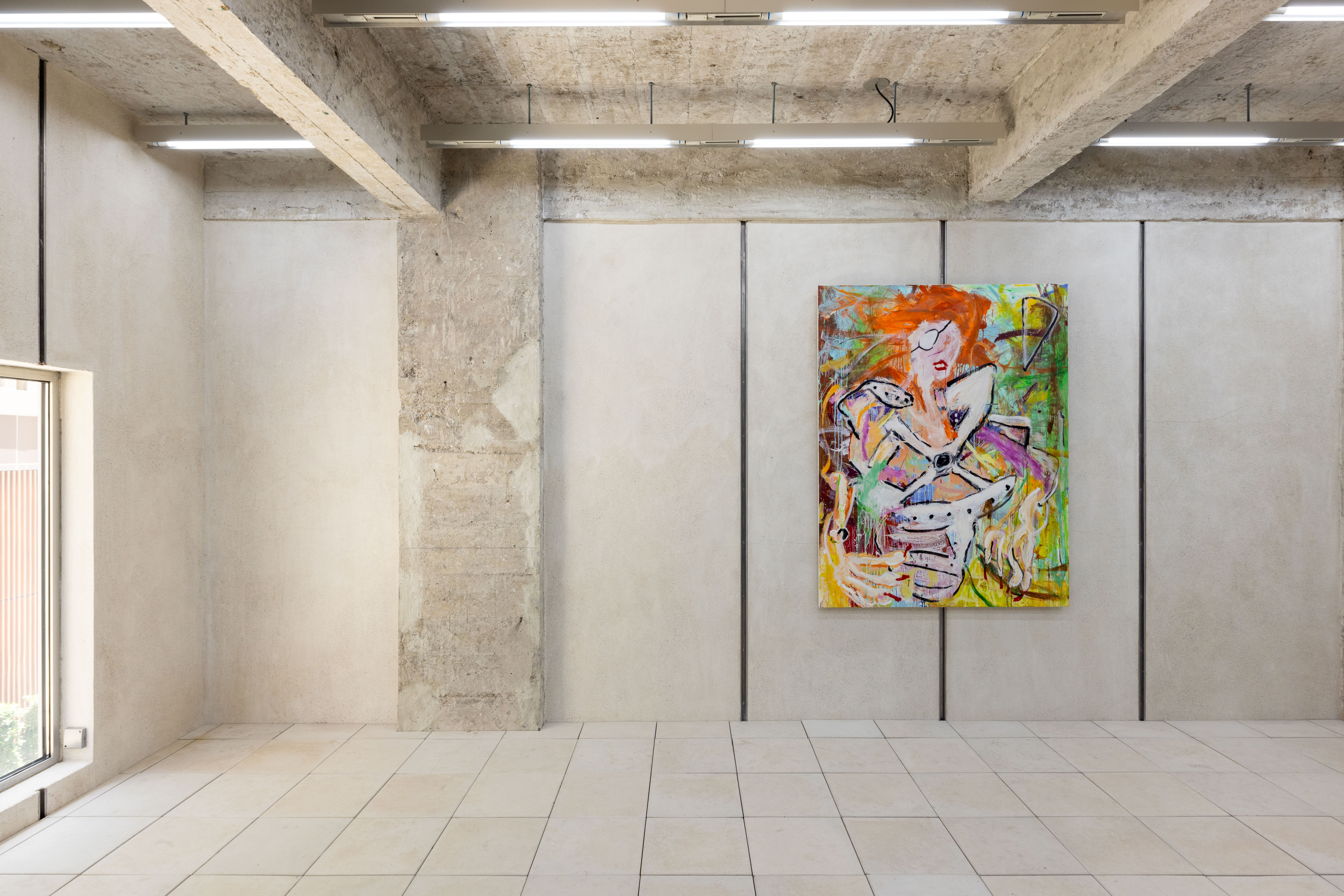
Acrylic and glitter on canvas
177.8 x 137.2 cm

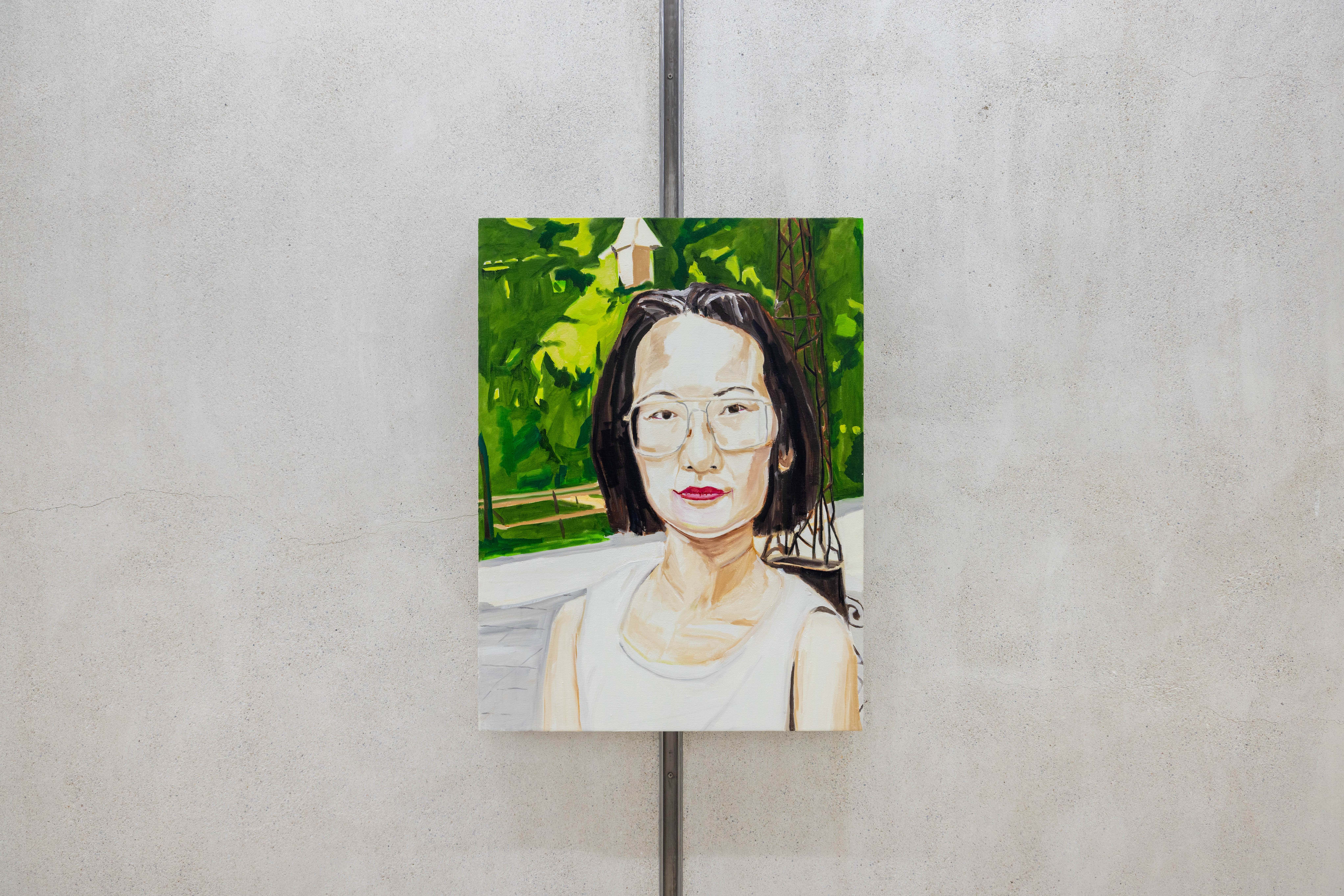
Oil on canvas
76.2 x 50.8 cm
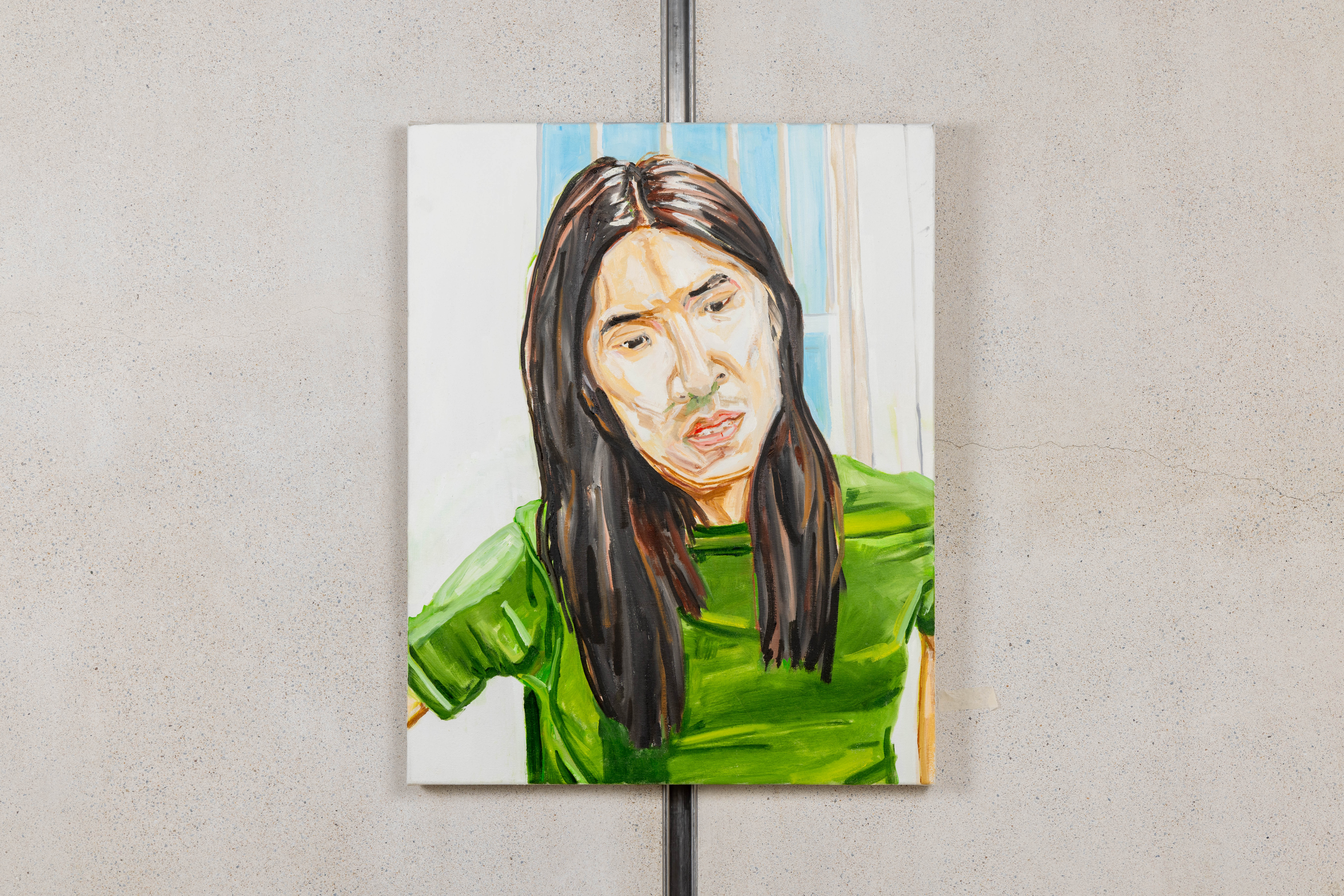
Oil on canvas
76.2 x 50.8 cm
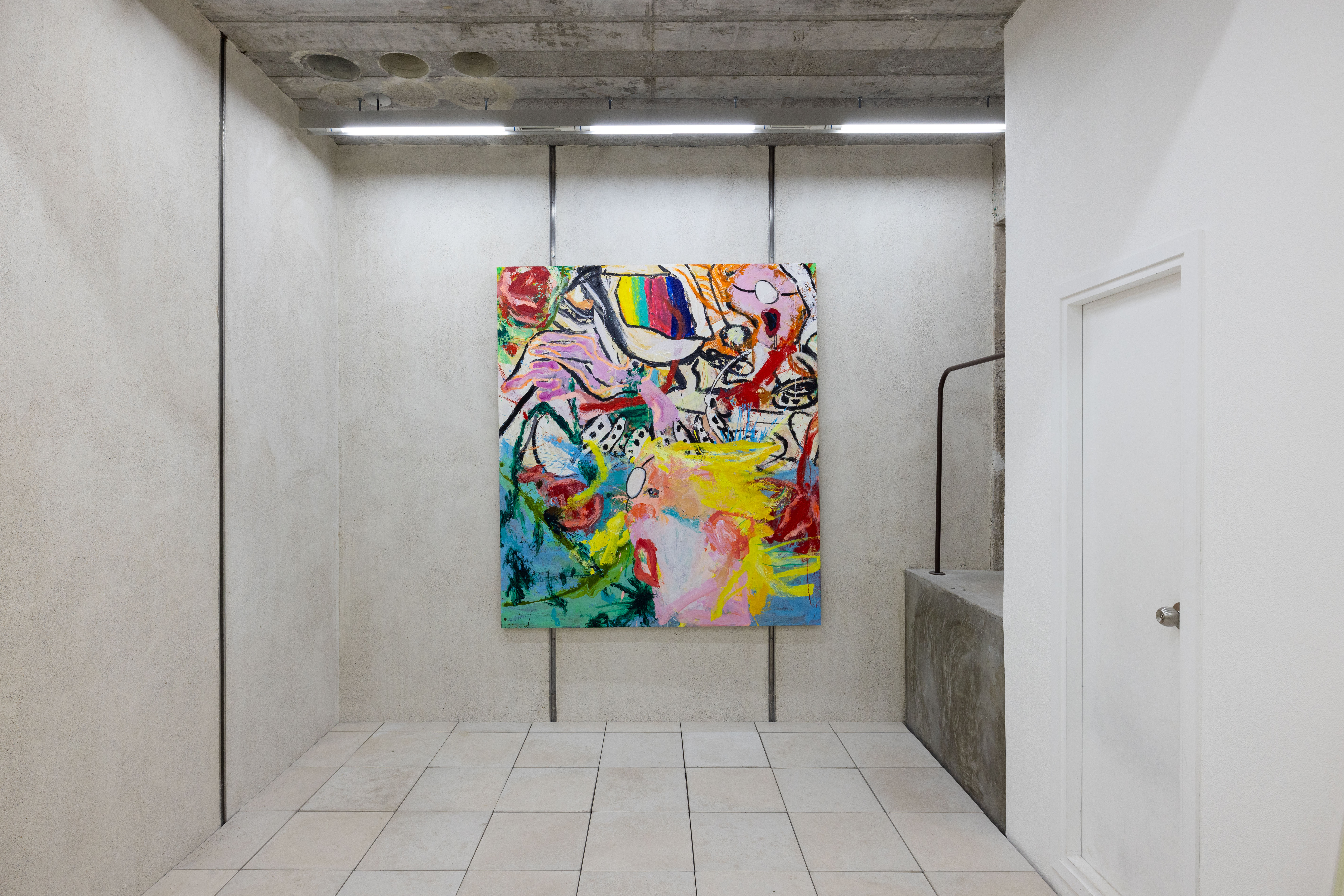
Acrylic and glitter on canvas
195.6 x 172.7 cm
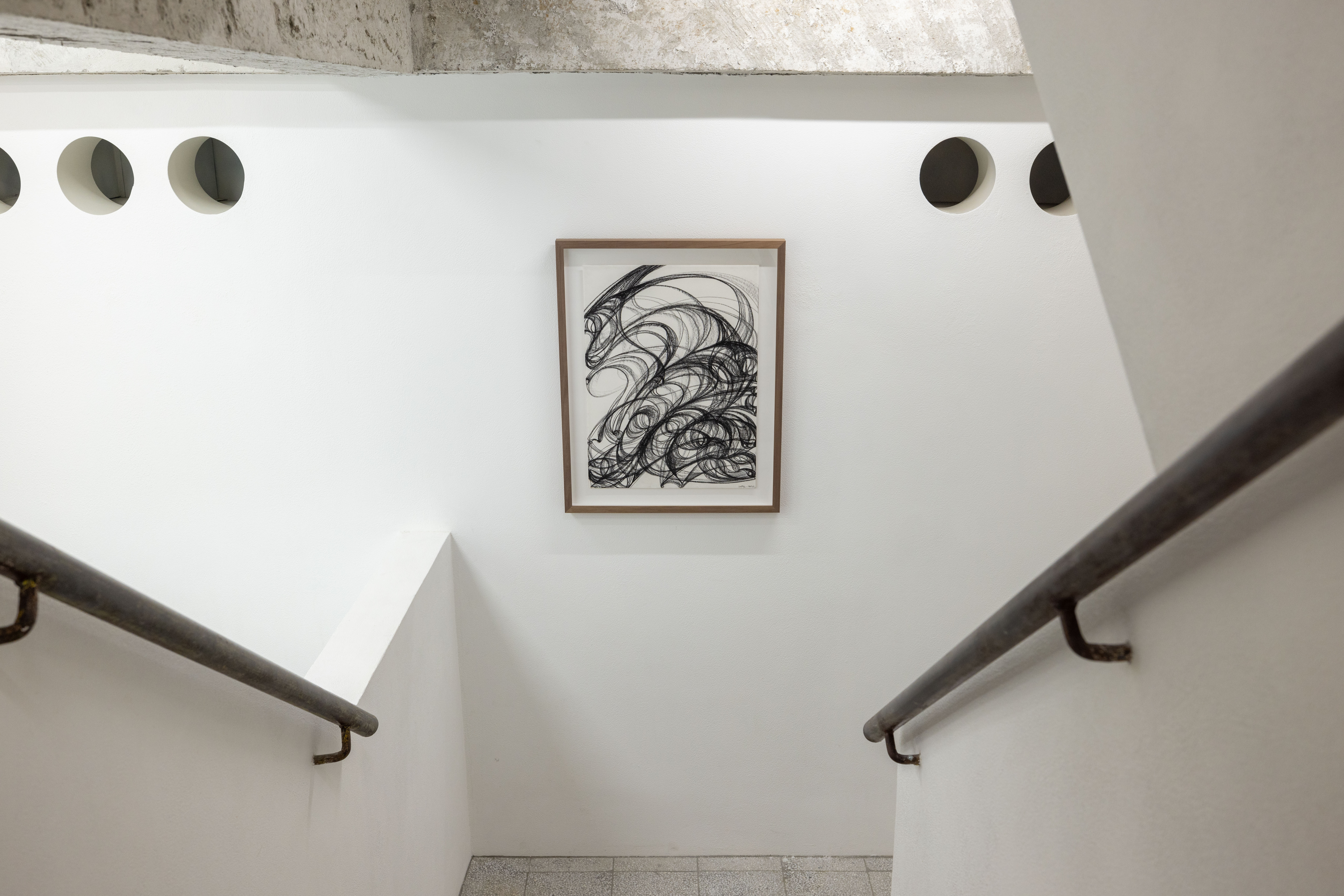
Charcoal on paper
60 x 45 cm
Framed: 74 x 58.5 cm
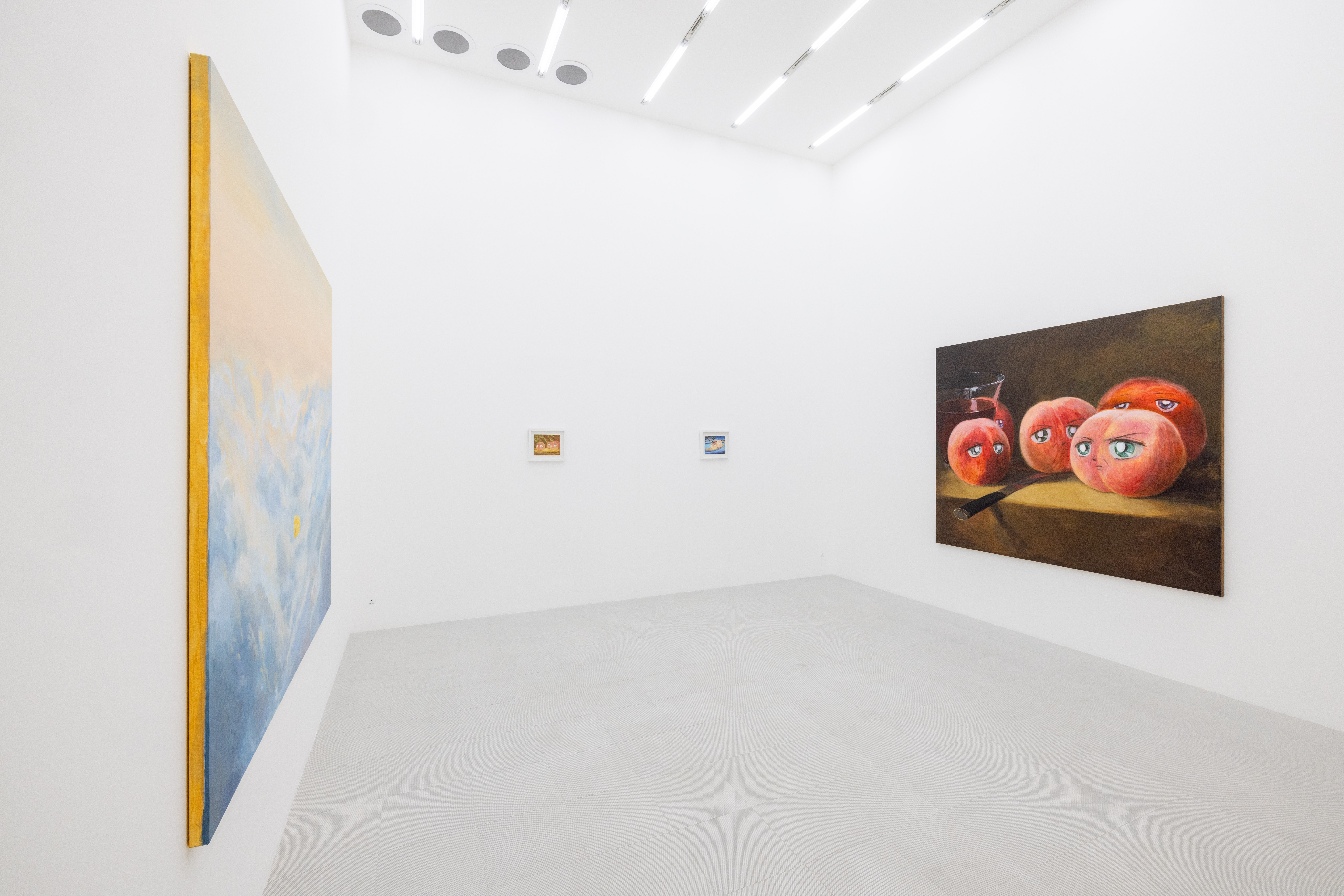
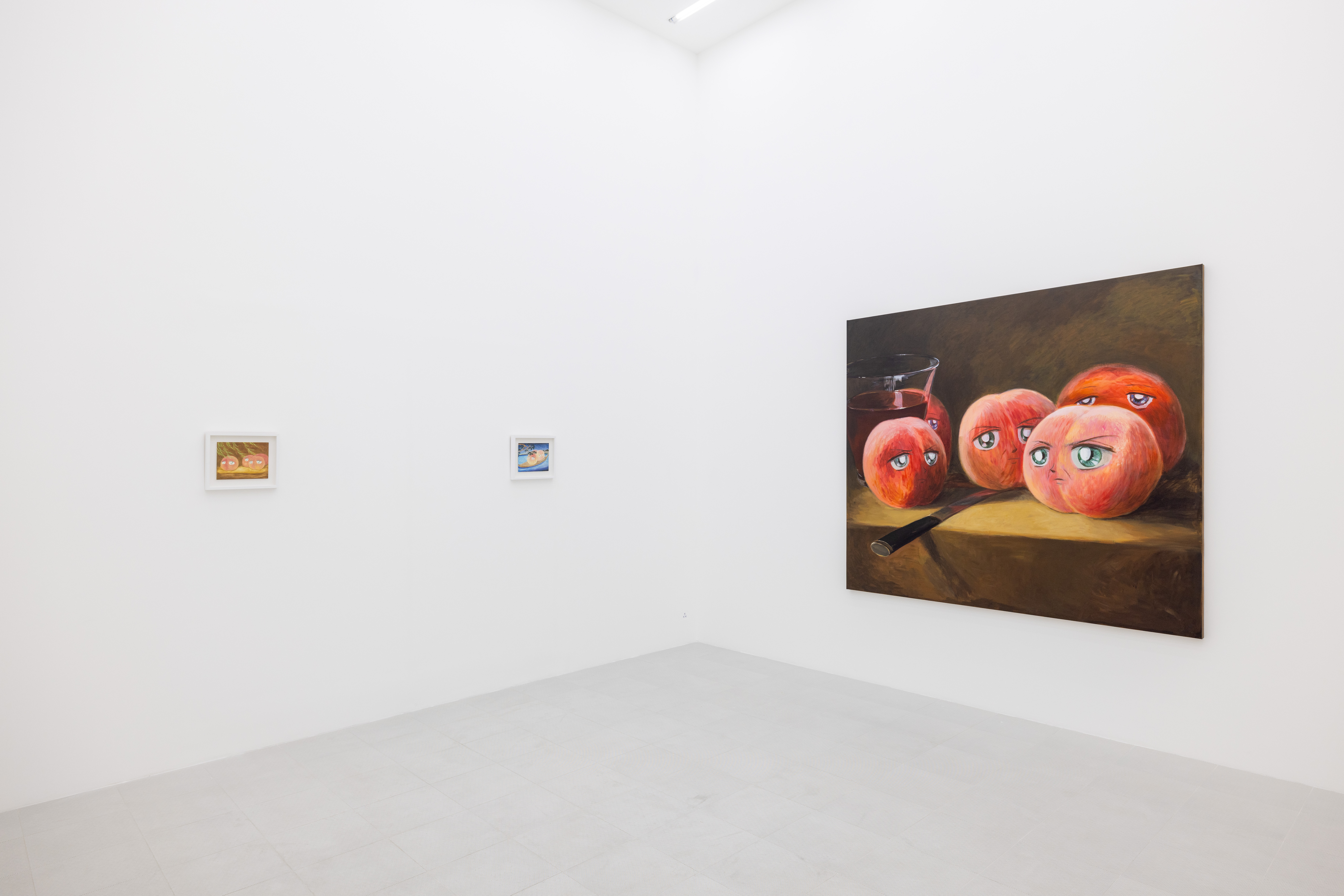

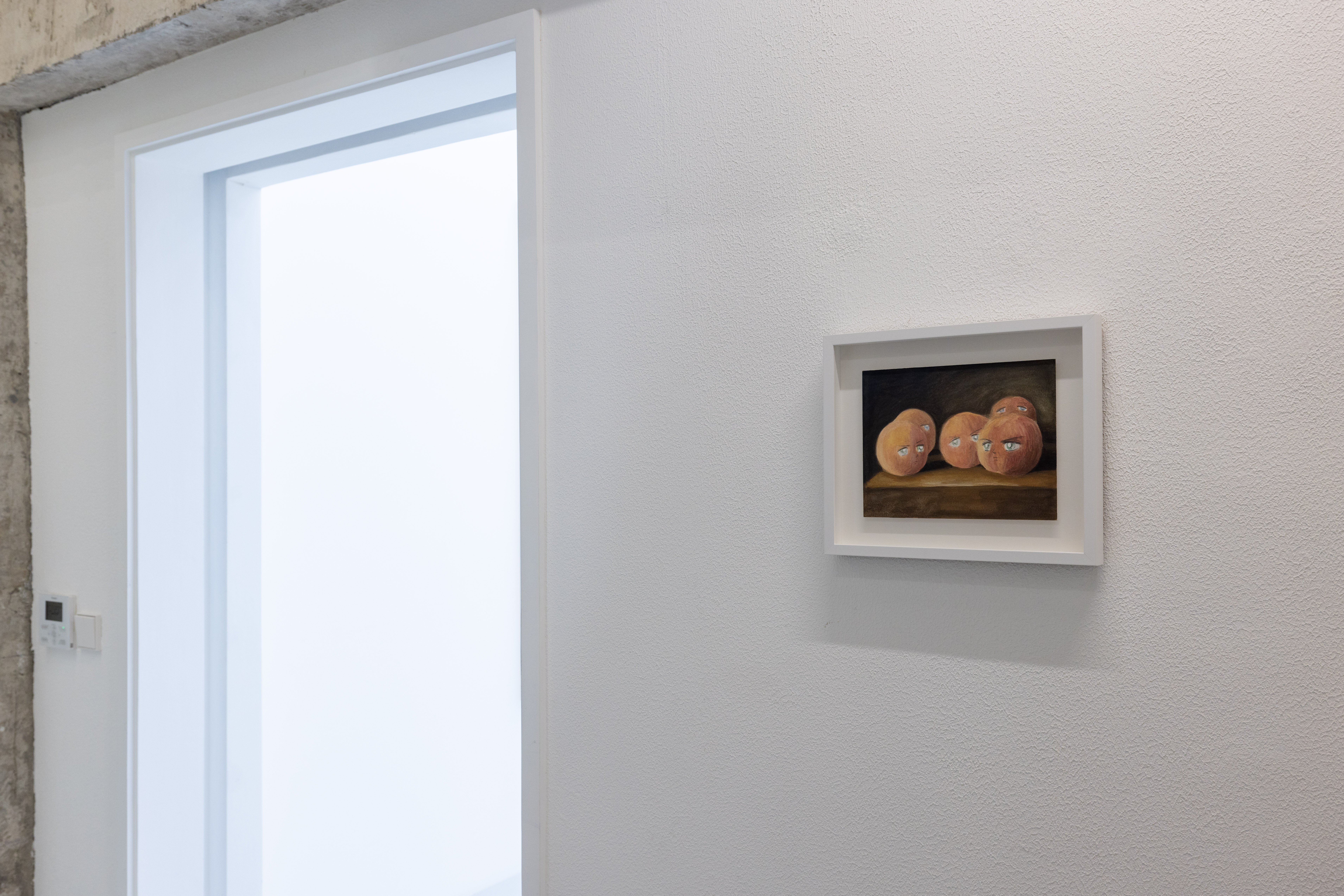
Watercolor on paper
19 x 24 cm
Framed: 28.5 x 33.5 cm
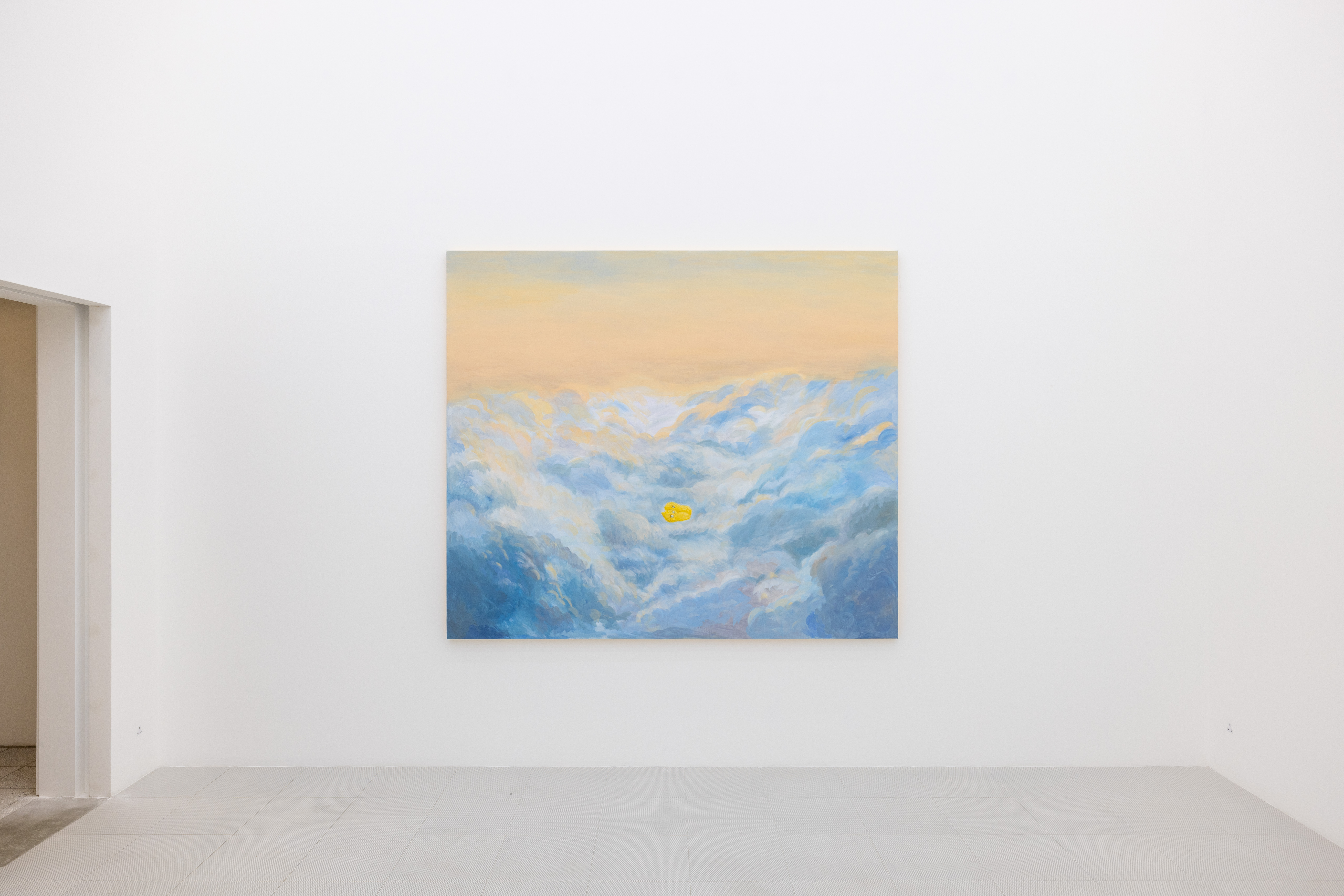
Acrylic on canvas
179.5 x 208.5 cm

Acrylic on canvas
179.5 x 200 cm
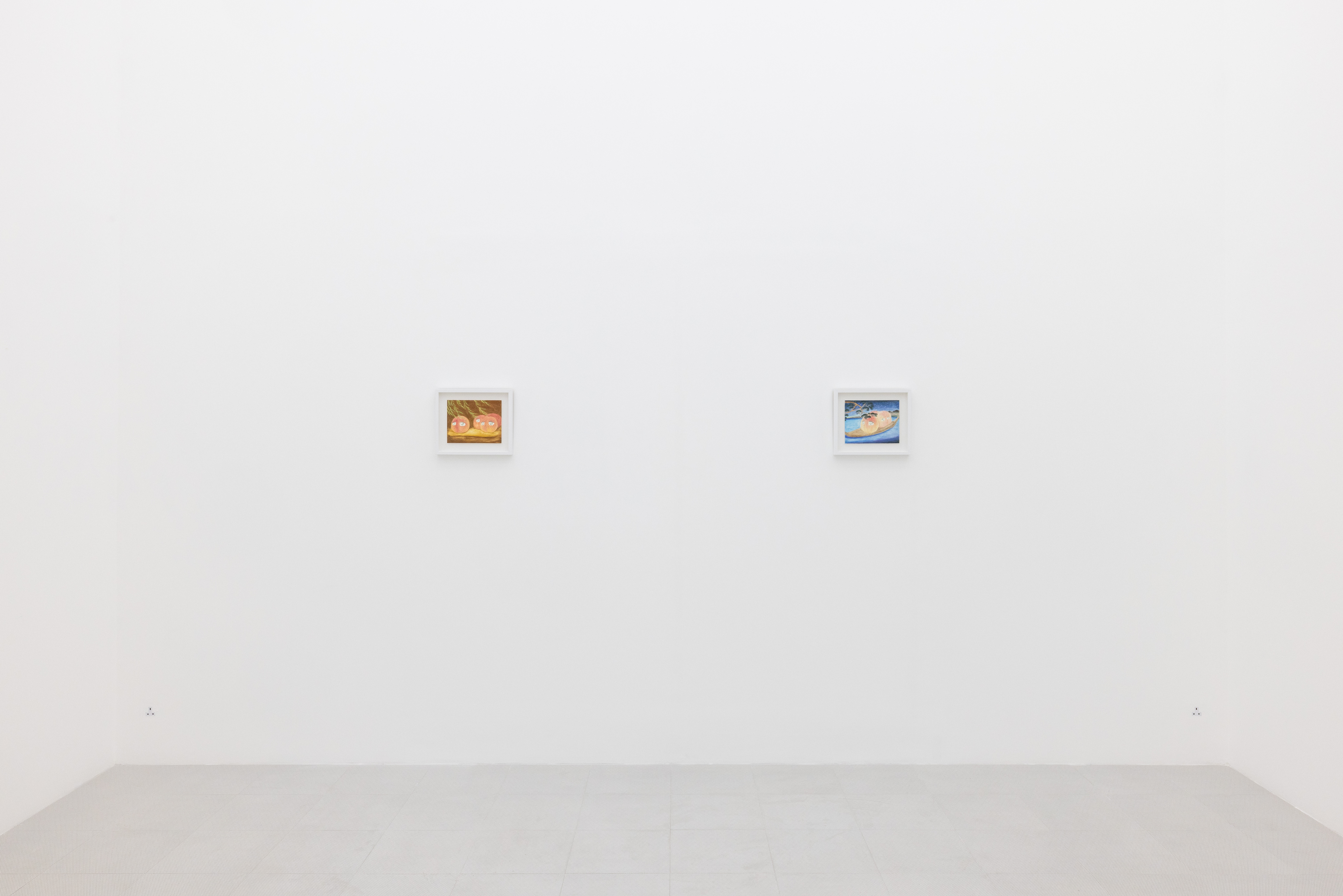
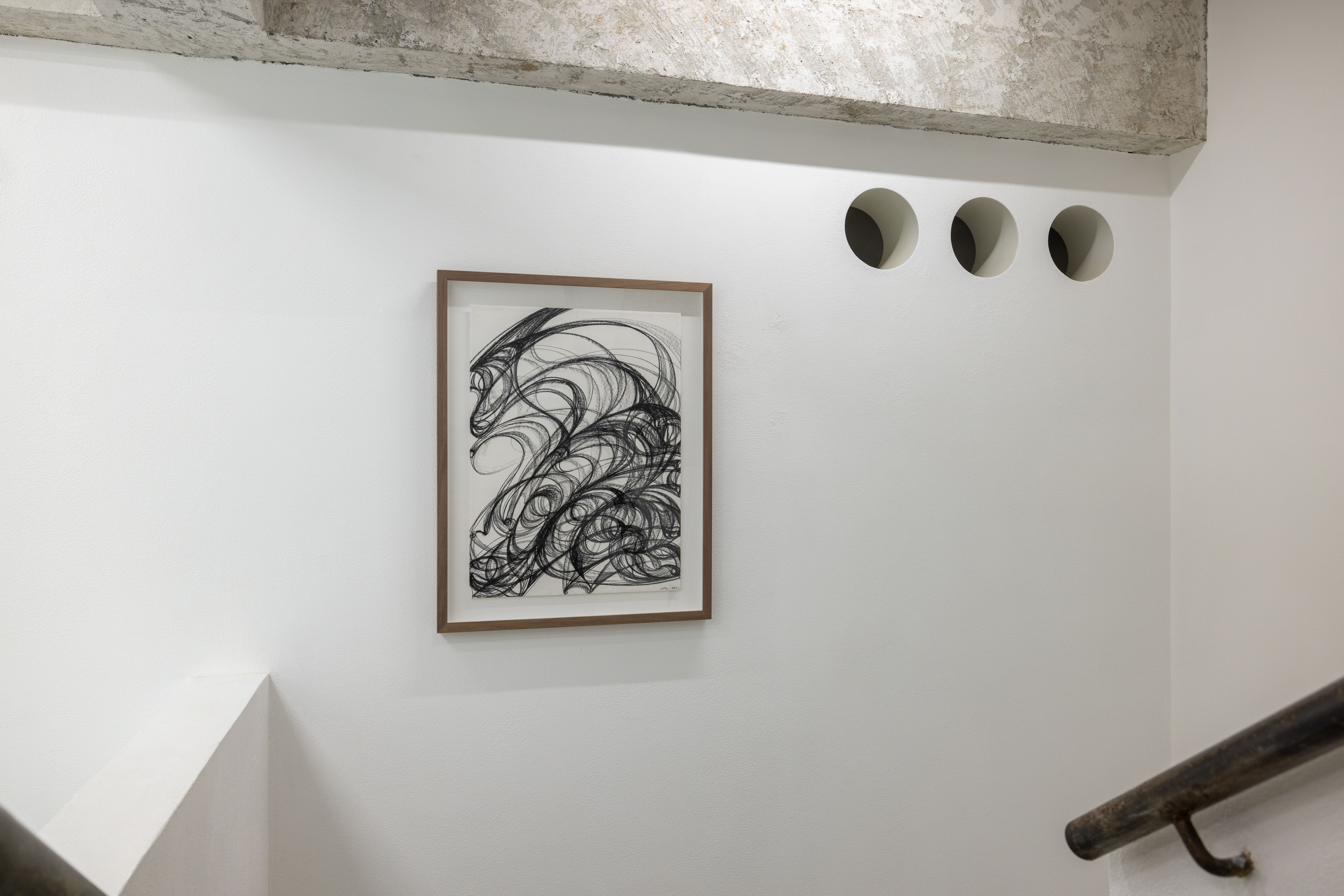
Charcoal on paper
60 x 45 cm
Framed: 74 x 58.5 cm
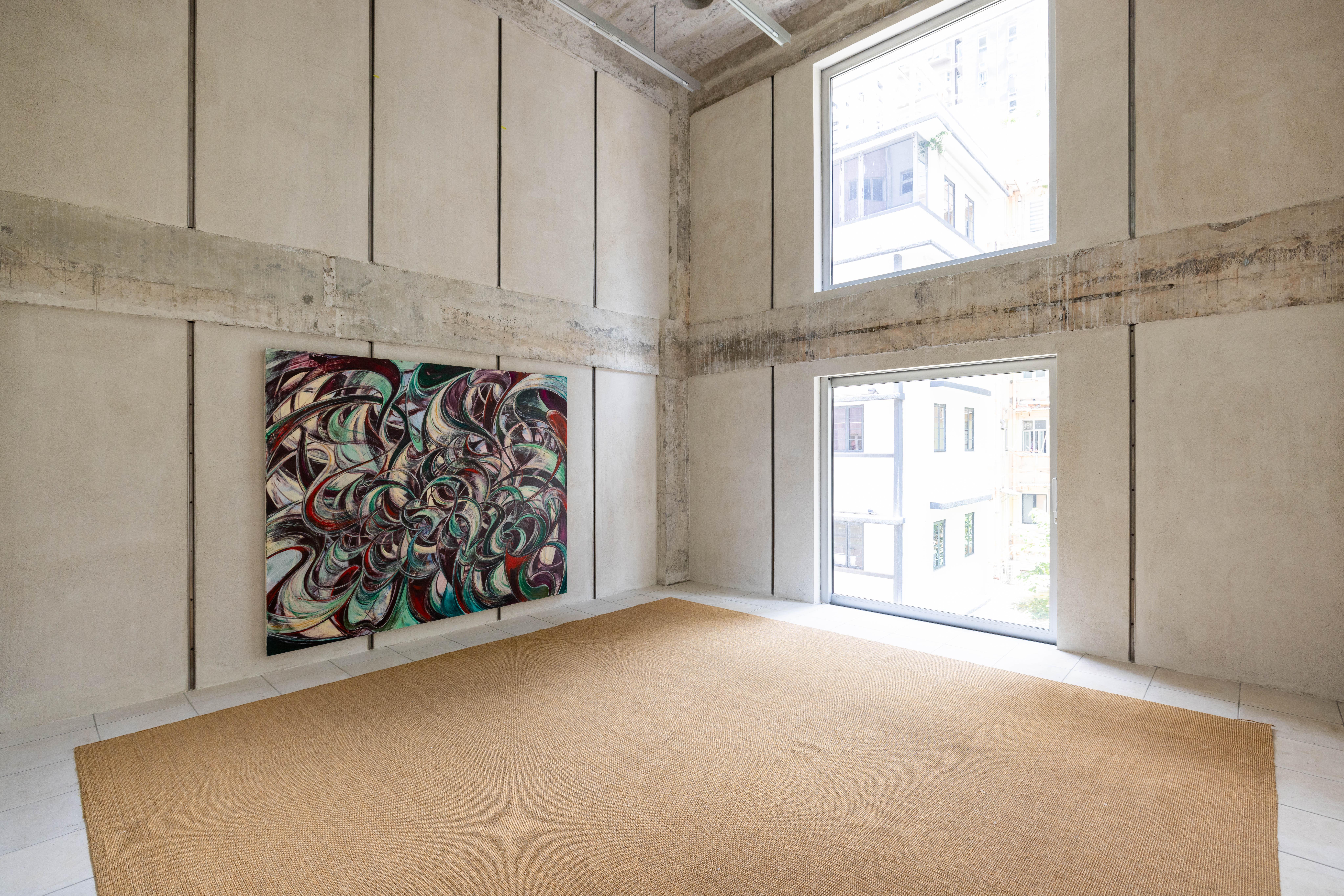
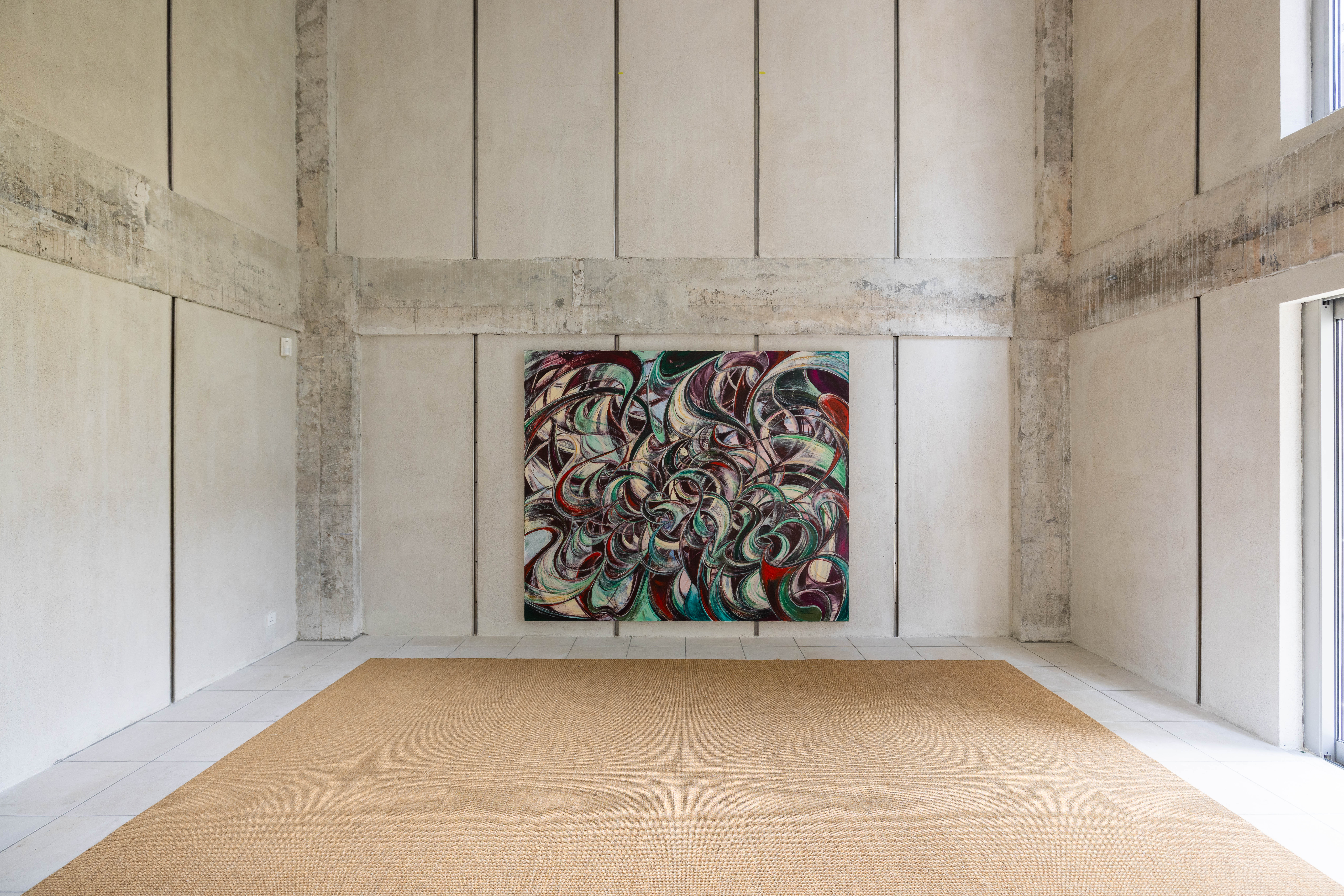
Acrylic and oil pastel on canvas
200 x 240 cm
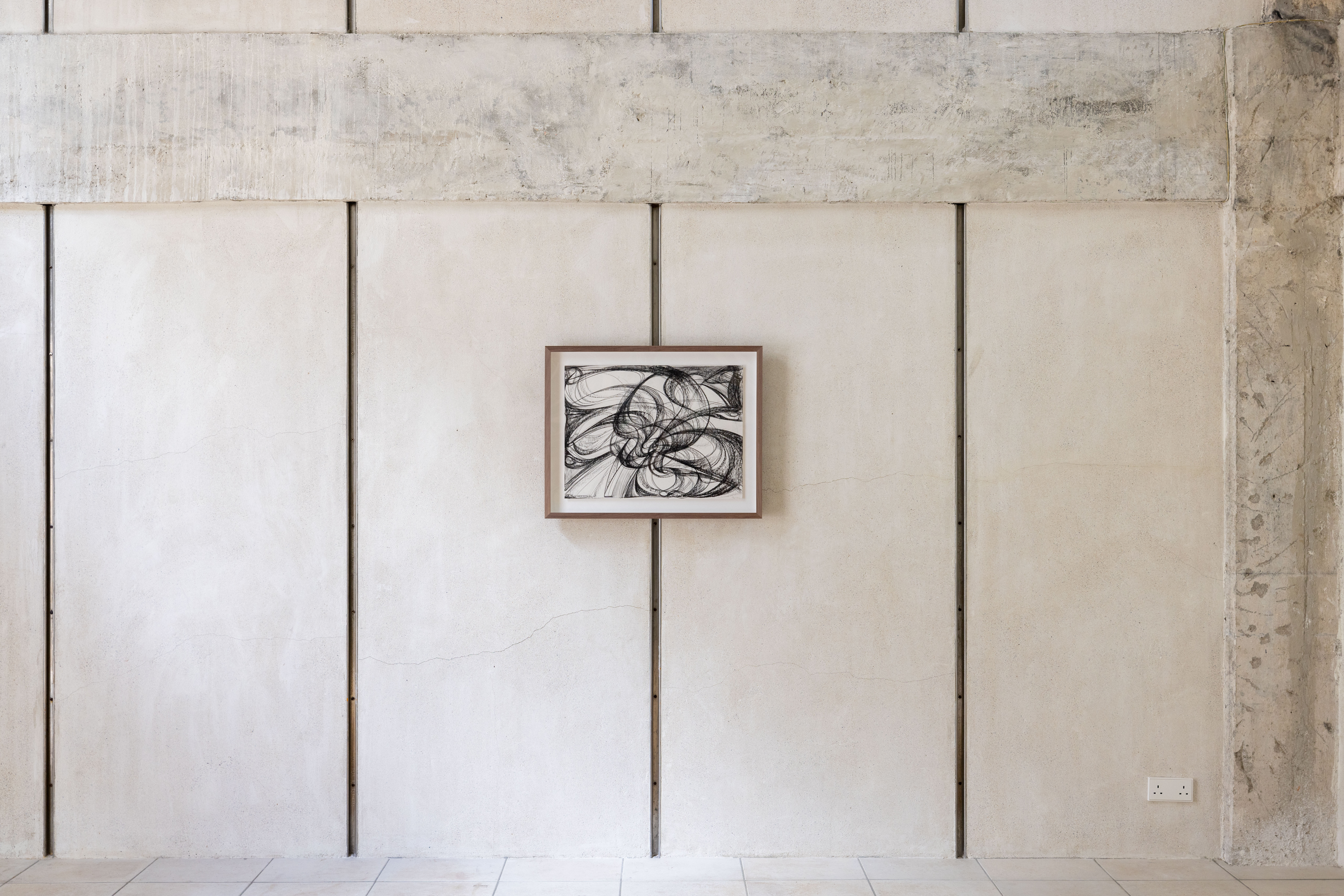
Charcoal on paper
45 x 60 cm
Framed: 58.5 x 74 cm
